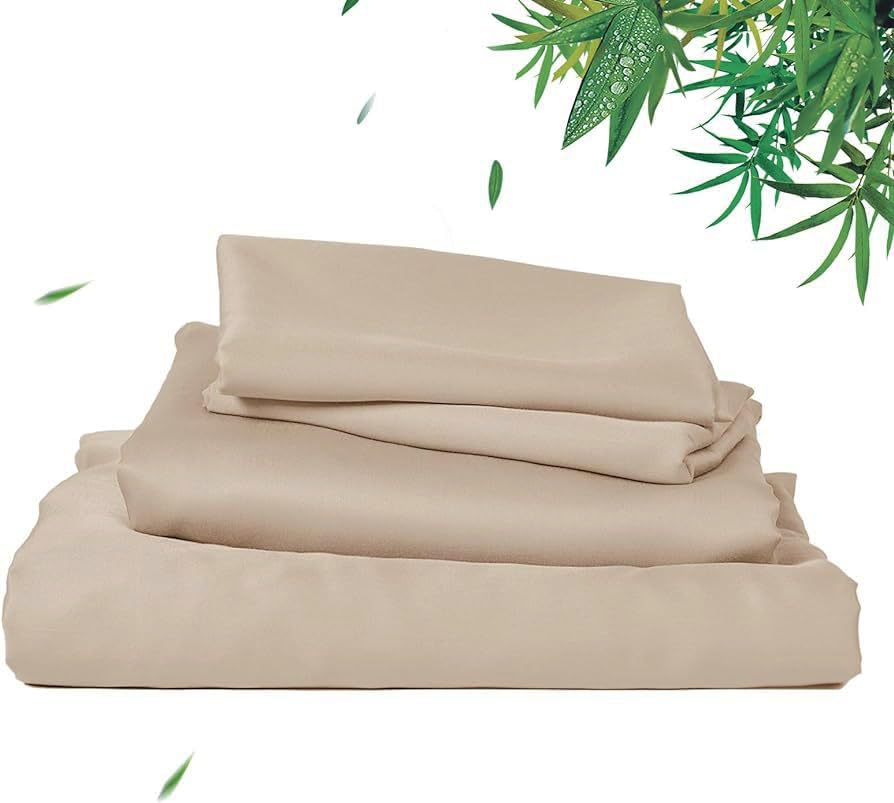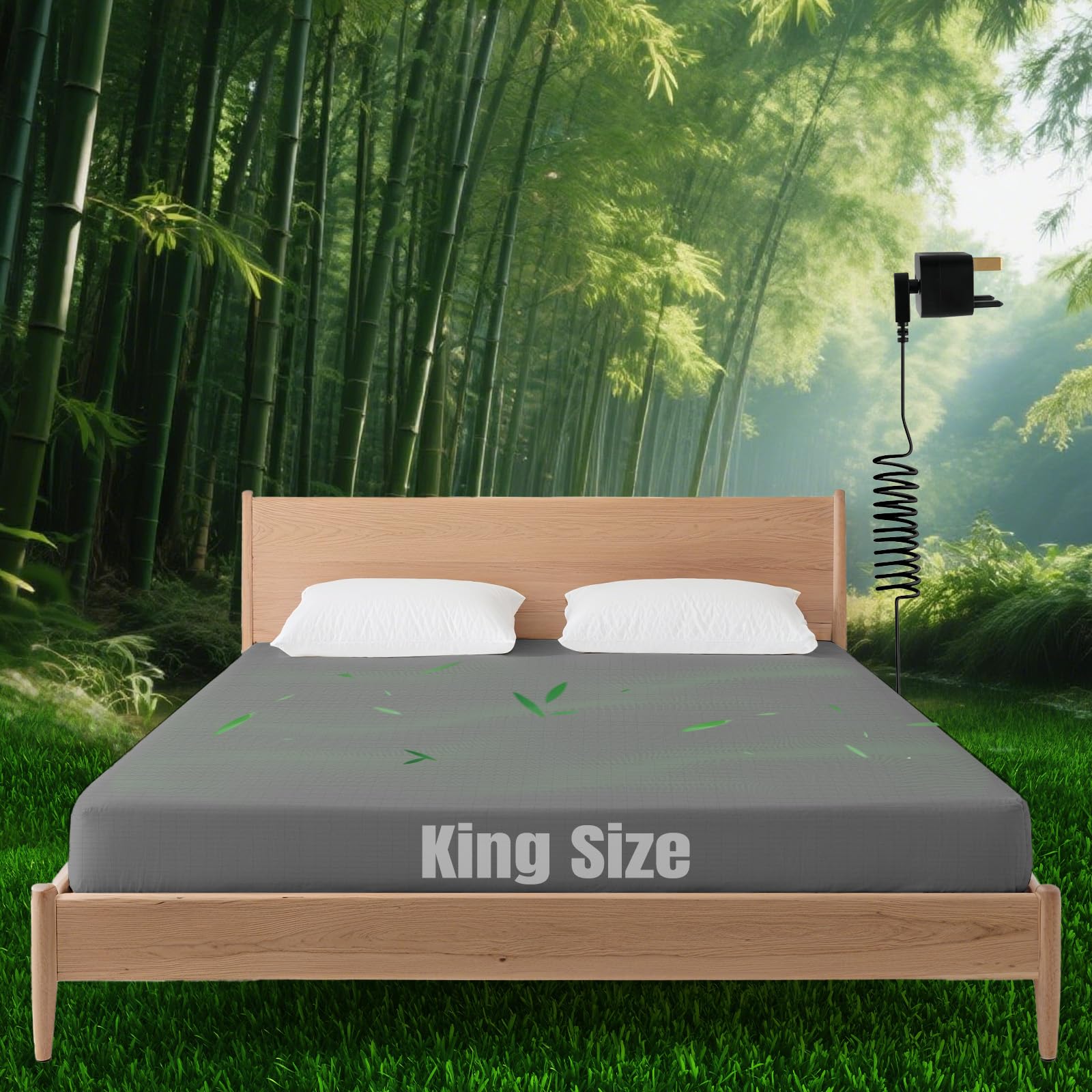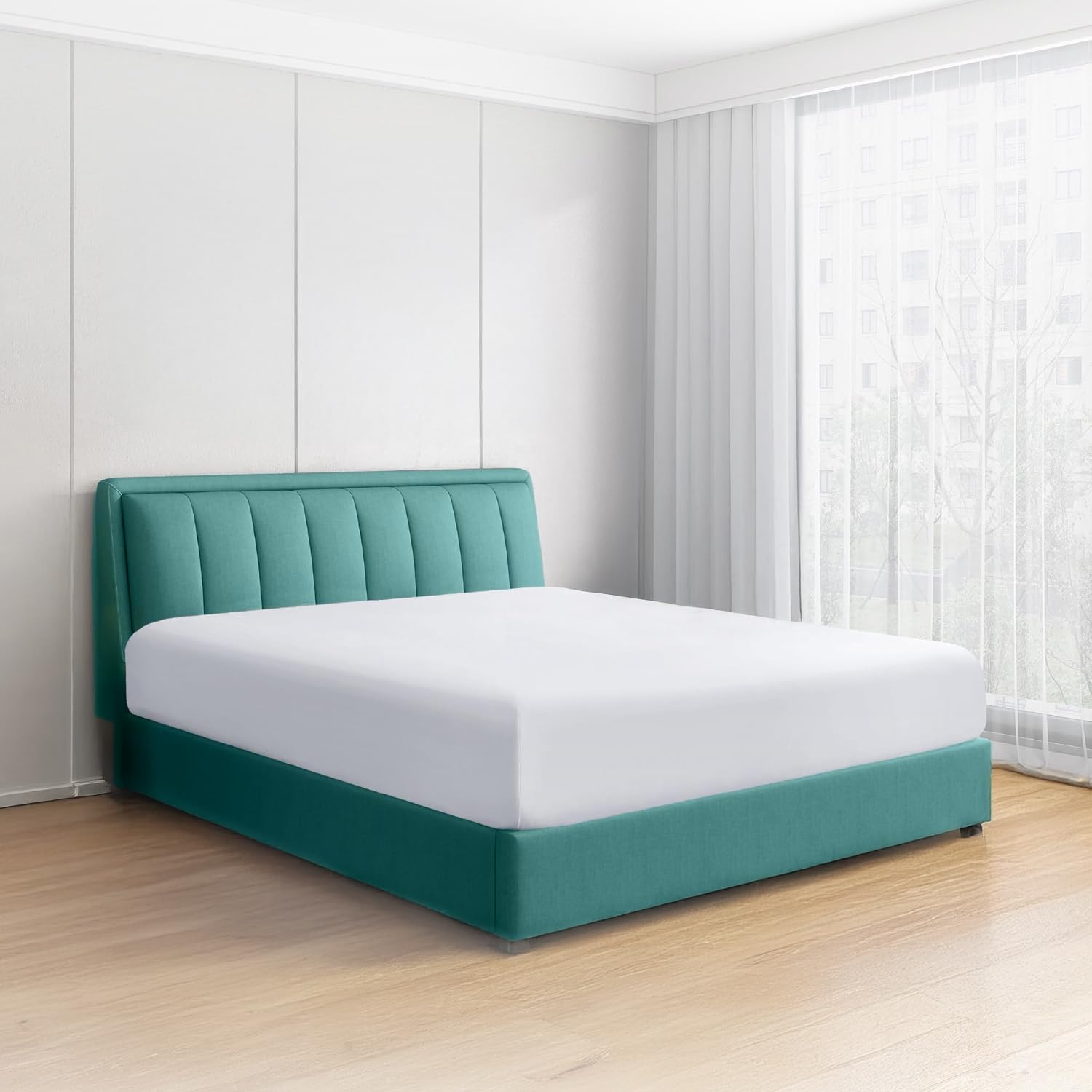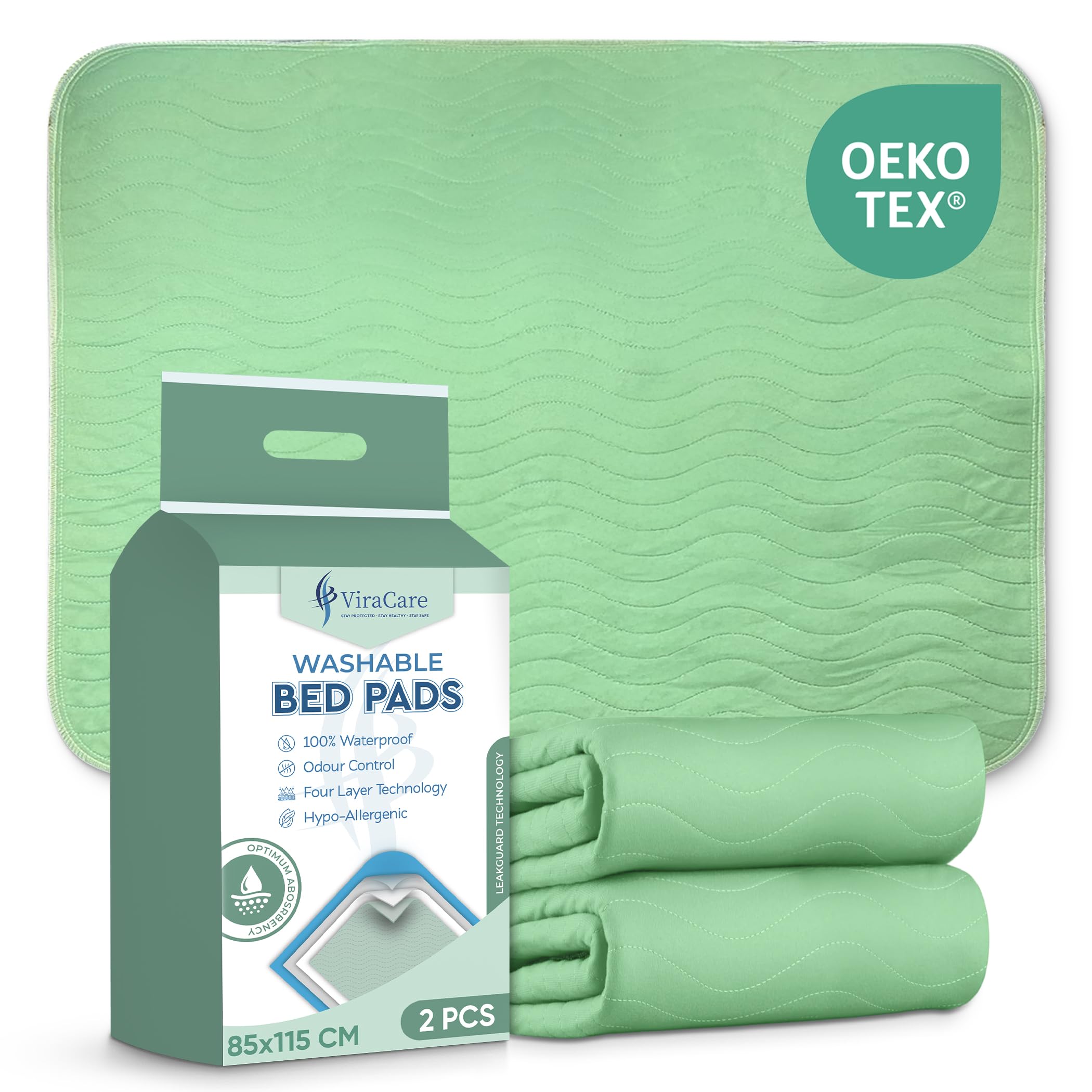Few things are more annoying than a fitted sheet that pops off at 2 a.m. Extra deep mattresses, toppers, and tall corners can challenge standard sheets. The fix is not only depth on the label but the right pocket design, elastic, and fabric stretch. This UK guide shows how to pick fitted sheets that stay on, how to measure your bed properly, and how to wash and fit them so corners stay put through the night.
Breathable bases such as bed sheets that stay cool set the tone for the rest of the setup.
Measure height the right way
Measure from the base to the top of the mattress with any topper in place. Add a couple of centimetres for tuck under. If your mattress is 30 cm tall and you use a 5 cm topper, a sheet with a 40 cm pocket gives room to wrap under without strain. Too shallow and corners lift. Too tight and elastic works overtime and wears out faster.
Deep pockets and full wrap elastic
Look for sheets with elastic all the way around, not just at the corners. A full elastic hem grips the underside of the mattress evenly. Corners with extra triangular panels or reinforced seams hold shape better. A 35–40 cm pocket suits most deep UK mattresses with toppers. If your bed is unusually tall, specialised 45 cm pockets exist and are worth it to avoid nightly fights.
Fabric stretch and grip
Jersey knit stretches and can fit deep beds easily, but some people find it runs warm. Woven percale and sateen feel cooler and need good cutting and elastic to fit tall corners. Choose woven sheets that state pocket depth clearly and show photos of the underside. A simple strap system can add security on slick side panels, though a well designed sheet should not need extra gadgets.
Fitting technique matters
Start with the head corners, then pull towards the foot, and finish with the last two corners together so tension spreads evenly. Lift the mattress slightly rather than dragging elastic across the edge, which wears seams. If you struggle, fit with two people the first time, then the sheet will settle and stretch just enough after a night or two.
Washing and shrinkage
Natural fibres can shrink a little on first washes. Buy sheets with a pocket a touch deeper than your measured need so they still fit after washing. Avoid very hot cycles and high heat tumble that tighten elastic and reduce give. Line dry where possible. If corners creep up after washing, refit while the sheet is still slightly warm and smooth, then let it cool on the bed so it settles to shape.
Alternatives when fitted sheets fail
If you have a very tall bed, consider a flat sheet tucked hospital style for a tight fit. It takes a minute longer but holds well. Some brands sell fitted sheets with adjustable straps under each corner. These can help on slippery mattress covers, though a properly sized deep pocket sheet should be your first choice.
Deep‑pocket, full‑elastic designs that stay put feature in the best fitted sheets. When a bed needs extra comfort, many add toppers that balance airflow and support.
FAQs
What pocket depth do I need?
Measure mattress plus topper and add a small margin. Most deep setups do well with 35–40 cm pockets. Go to 45 cm for very tall beds.
Do straps help?
They can, but a well designed deep pocket sheet with full elastic usually stays on by itself. Use straps as a backup on slick side panels.
Which fabric stays coolest?
Percale cotton feels coolest. Jersey fits easily but can feel warmer. Choose based on your temperature preferences.





